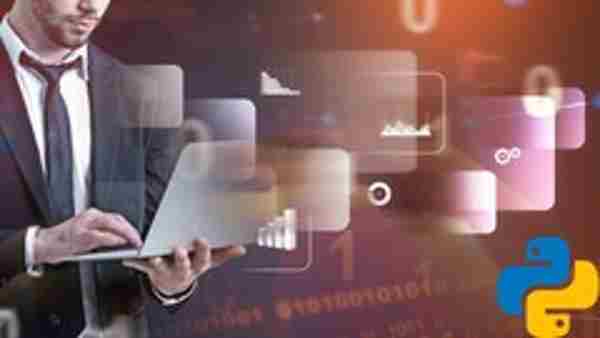Description
Python has a simple syntax that makes it suitable for learning programming as a first language. The learning curve is smoother than other languages such as Java, which quickly requires learning about Object Oriented Programming or C/C++ that requires to understand pointers. Still, it’s possible to learn about OOP or functional programming in Python when the time comes.
Python provides a well-furnished standard library and many external libraries are available. This allows to quickly develop concrete applications. Actually, developing a small project is a good way to stay motivated and keep learning!
What is python used for?
- Web Development, using the frameworks Django, Flask, Pylons
- Data Science and Visualization using Numpy, Pandas and Matplotlib
- Machine learning with Tensorflow and Scikit-learn
- Desktop applications with PyQt, Gtk, wxWidgets and many more
- Mobile applications using Kivy or BeeWare
- Education: Python is a great language to learn programming!
Python is a powerful language
- Python is an Object Oriented Programming language. It even allows you to create classes with multiple inheritance.
- Python offers the necessary features to allow you to program in functional programming: lambda, map, filter, reduce, partial…
- Python checks the type of the variables during runtime, this makes the declaration of variable easier. But it’s also possible to do static typing to catch potential bugs sooner.
- Python has a very extensive standard library. It contains many types (lists, maps, sets, numerics, …), it has IO functions to read/write files, mathematics functions (complex numbers, fractions, statistics functions, random…), compression (zlib, gzip, zip, …), parsing (xml, csv, …), cryptography, threads, sockets, http modules, graphical interface, and many more.
- More that 150,000 libraries are available using the package management tool pip.

